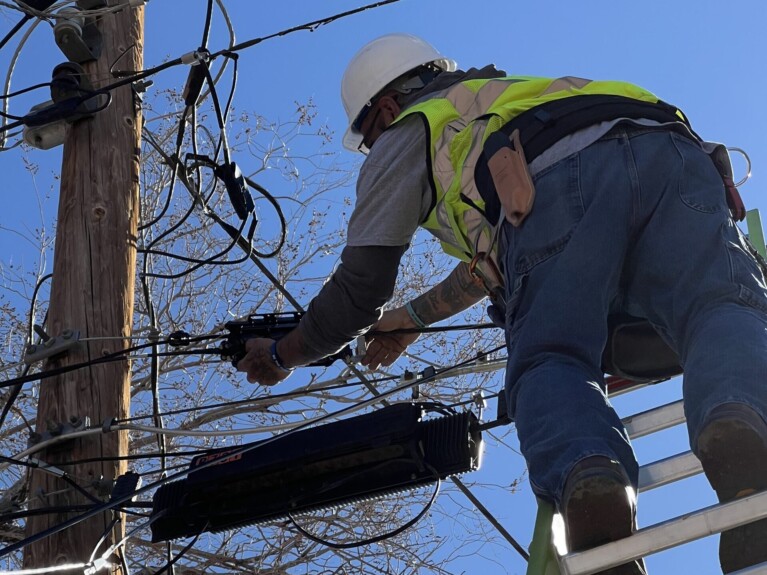The Vicious Cycle of the Supply Chain in Fiber Broadband – Is an End in Sight?
(Broadband Communities) The supply chain is a top concern for nearly every industry and has significantly impacted service provider fiber buildouts.
For example, AT&T planned to build fiber to 3 million homes in 2021, but a couple of months ago, it estimated it would get to only around 2.5 million, mainly due to supply chain issues. This is not a huge miss for AT&T, but it is still half a million homes, and with today’s growing remote workforce, there has never been a more vital need for reliable, high-speed internet.
New funding and training programs offer hope that supply chain and labor issues won’t stall fiber rollouts forever.
Rising Costs, Components Backlog
Supply chain woes currently are among the most frustrating roadblocks to fiber builds, leading to a nasty trickle-down effect. Rising costs of everything from meat to gasoline have plagued the U.S. over the last 18 months. The telco industry is not exempt. It starts with rising oil prices, which raises gas prices, which leads to higher freight and shipping costs for materials to make equipment. Those materials cannot be produced or assembled because of the increased wage demands and shortage of workers needed to do everything from get materials off docks to assemble and install fiber infrastructure.
The apparent shortage in chipsets, semiconductors and other components creates a backlog of work and delays in meeting buildout goals. The materials that make up components don’t make it to the manufacturers and therefore can’t be built. To remedy this, service providers, or the demand side, might consider looking to nontraditional suppliers that may be able to provide necessary components more quickly than their usual vendors. The vendors, or the supply-side, in turn should consider limiting part numbers.
Vendors can alleviate the backlog by providing parts or supplies that can scale (up or down) rather than satisfy a small or niche application. This will help consolidate inventory and materials, reducing time to market and leading to fewer supply failure points. For example, historically, tools that connect fibers came in a wide variety of types and sizes, in some cases to fit a service provider’s specific needs. Phasing out legacy tools and equipment will force service providers to upgrade toward more modern architectures and network components and potentially keep them on track with deployments.
Skilled Labor Shortages
The broadband industry is experiencing a significant labor shortage, but not because of the pandemic. The need is due to the lack of skilled workers to install fiber. It takes people to connect threads and perform installations, and without them, there’s a real possibility that the speed of rollouts will continue to be slow in the future.
New bills and government programs, such as the Rural Digital Opportunity Fund, COVID-19 relief as part of the American Rescue Plan Act, and the newly passed $1.2 trillion infrastructure bill, of which $65 billion is slated for broadband, will create thousands of jobs.
In addition, community colleges and veterans training institutions are working to provide courses that bring qualified individuals to the market, providing service providers and contractors with skilled labor. New training programs, such as the Fiber Broadband Association’s OpTIC Fiber Optic Technician certification course, can help fill the gap.
Lack of materials and labor is slowing down the speed of broadband deployment. It is a vicious cycle, but there is some light at the end of the tunnel. The newly passed infrastructure bill, state initiatives and a strong nationwide focus on workforce development offer hope for a turnaround that will make broadband more accessible to more people across the U.S.
To read this article on Broadband Communities, visit: https://www.bbcmag.com/community-broadband/the-vicious-cycle-of-the-supply-chain-in-fiber-broadband-is-an-end-in-sight.


